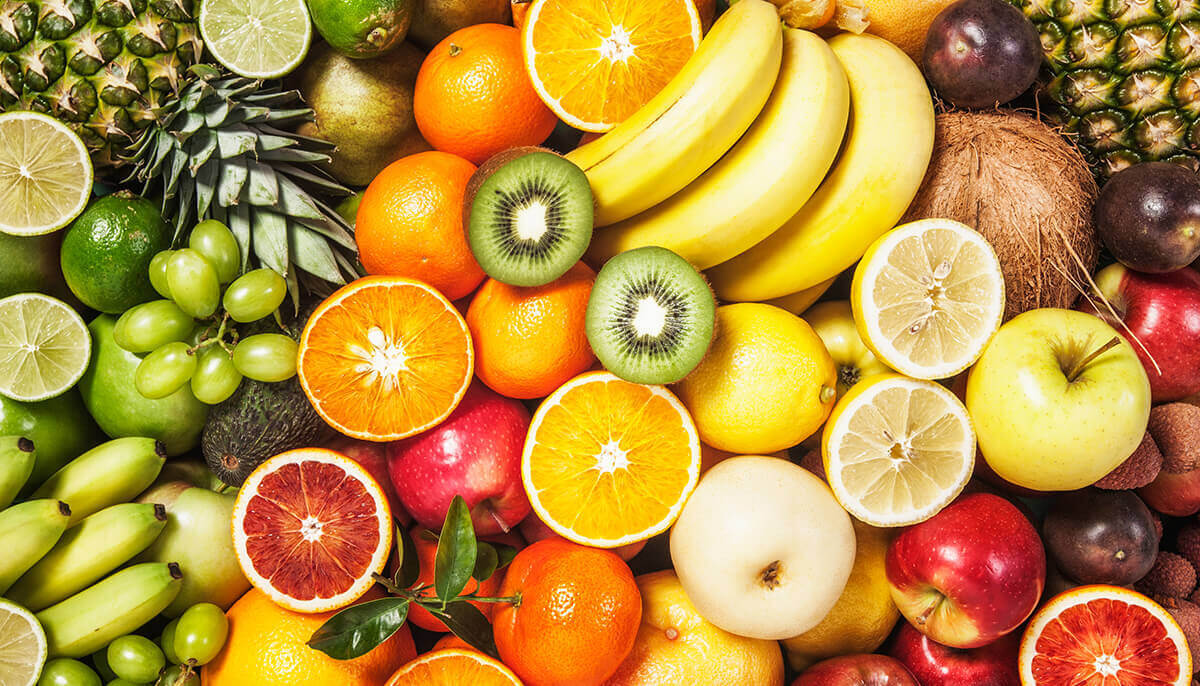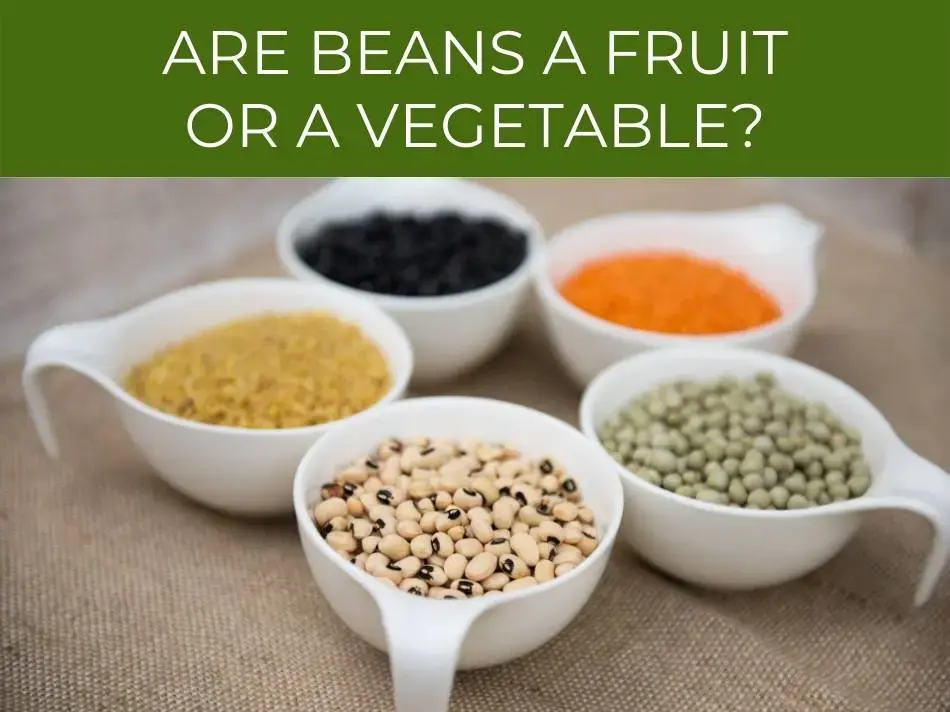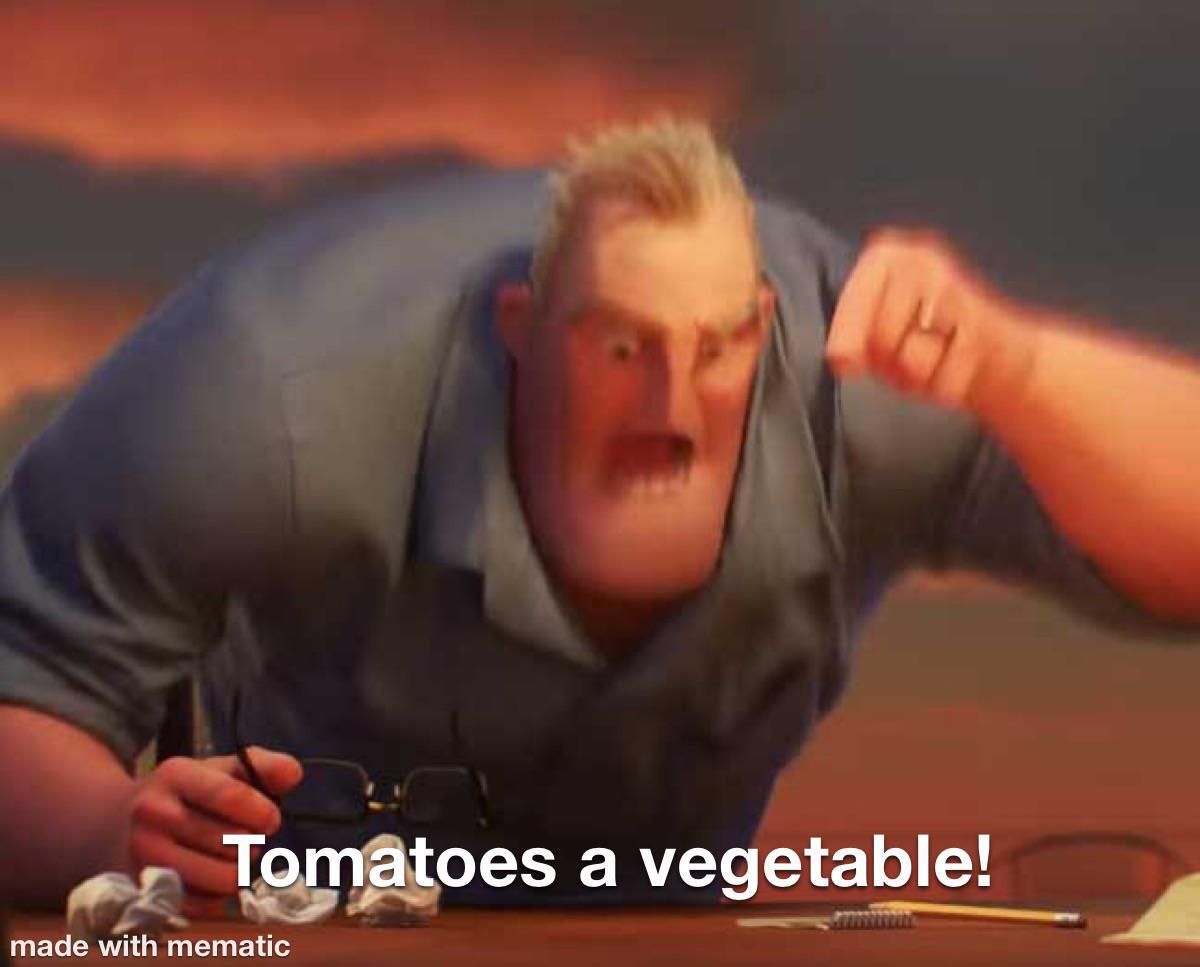
Whether a tomato is a fruit or a vegetable has been a debate argued for several decades. Scientifically, a tomato is classified as a fruit while it is commonly comprehended as a vegetable.
In some perspective, tomatoes have a certain amount of sugar (scientific sugar such as sucrose, glucose all included) that make it feel sweet so people could abide with the fact that a tomato is a fruit.
However, people would strongly disagree with the fact and would be very upset if they were told that scientifically, pea pods and peppers are also technically fruits.

The definition of fruit includes
‘An entity that developed from the reproductive ovary accompanying the seeds of a plant’. Thus, a tomato which includes seeds and derive from the reproductive ovaries of a tomato plant is botanically a fruit.
Common fruits that the public think of such as apples, oranges, strawberries all concur with the definition of a fruit. However, by definition cucumbers, eggplants, peppers and pumpkins are also strictly speaking a fruit.

The definition of a vegetable botanically includes all the other parts of a plant that isn’t a fruit.
Thus, if a part of a plant isn’t
1.part of a reproductive ovary
2. Enclose the seeds of a plant
3.Not a seed,
it is called a vegetable.
Vegetables could be roots, leaves, stems, flowers or the bulbs of a plant.

The Supreme Court once had to rule that regardless of whether ‘seeds’ are vegetables or not by definition is insignificant in terms of tariff taxation.
During the ROBERTSON v. SALOMON case, where bean importers claimed that ‘beans’ are seeds and not ‘vegetables’ as vegetables were under taxation by the Tariff Act of 1883, the Supreme court ruled that beans are vegetables.


One of the Justices quoted that One of the Justice quoted that 'We do not see why they should be classified as seeds, any more than walnuts should be so classified.
Both are seeds, in the language of botany or natural history, but not in commerce nor in common parlance.
On the other hand in speaking generally of provisions, beans may well be included under the term 'vegetables.'[1 ]The Supreme Court also rueld that depending on how the 'plant ' is used, it may be classifed as a fruit or vegetable.

Similiarly, the Supreme Court of the United States of America even had a ruling over the definition of a fruit.
During the late 1800’s, the Tariff Act of 1883 put a tariff on vegetables, however tomato importers argued that imported tomatoes shouldn’t be put a tariff under the Tariff Act of 1883 because botanically, tomatoes are fruits.
This case also called the NIX v. HEDDEN (1893) case was ruled by the Supreme Court that despite the scientific definition of a fruit, this scientific definition doesn’t intend to define the common conception of a tomato that the public perceives.


One of the Justice ruled that “tomatoes are the fruit of the vine, just as are cucumbers, squashes, beans and peas. But in the common language of the people…all these vegetables…are usually served at dinner in, with, or after the soup, fish, or meat, which constitute the principal part of the repast, and not, like fruits, generally as dessert.”

The Supreme Court ruled that the general public tends to perceive fruits as a ‘sweet’ flavored plant and there is no reason to abide by the scientific definition of a fruit that the tomato may be categorized.[2]
Many modern dictionaries similarly adopted the general concept that the public perceives from the term ‘fruit’ into the definition of fruit while differentiating the scientific definition of a fruit.
Britannica Definition[3]
fruit, the fleshy or dry ripened ovary of a flowering plant, enclosing the seed or seeds.
Merriam- Webster Dictionary Definition[4]
The Merriam-Webster Dictionary defines the term fruit in several terms such as (not all inclusive)
a)the usually edible reproductive body of a seed plant, especially : one having a sweet pulp associated with the seed
b)a succulent plant part (such as the petioles of a rhubarb plant) used chiefly in a dessert or sweet course

By the scientific definition of a fruit, plants like pumpkin, eggplants, pea pods (not the pea themselves the pea themselves would be considered legumes but the surrounding pod will be considered a fruit), bell pepper and peppers and tomatoes would be classified as a fruit.
However, to avoid such dispute and confusion, people started to use the term ‘Fruit Vegetables’ to classify such plants that would cause confusion.
[1] “Robertson v. Salomon, 130 U.S. 412 (1889).” Justia Law, https://supreme.justia.com/cases/federal/us/130/412/.
[2] “Findlaw's United States Supreme Court Case and Opinions.” Findlaw, https://caselaw.findlaw.com/us-supreme-court/149/304.html.
'Biotechnology > Food & Industry' 카테고리의 다른 글
| Origins of the Hot Dog (0) | 2023.04.10 |
|---|---|
| History of Vanilla and an overview of the Vanilla Industry feat. Vanillin (0) | 2023.03.19 |
| Summary of the ‘Effect of gum on staling’ (0) | 2023.02.15 |
| Scallop - The beloved mollusk (0) | 2023.01.31 |
| Salmon is 'WHITE' (0) | 2023.01.26 |



